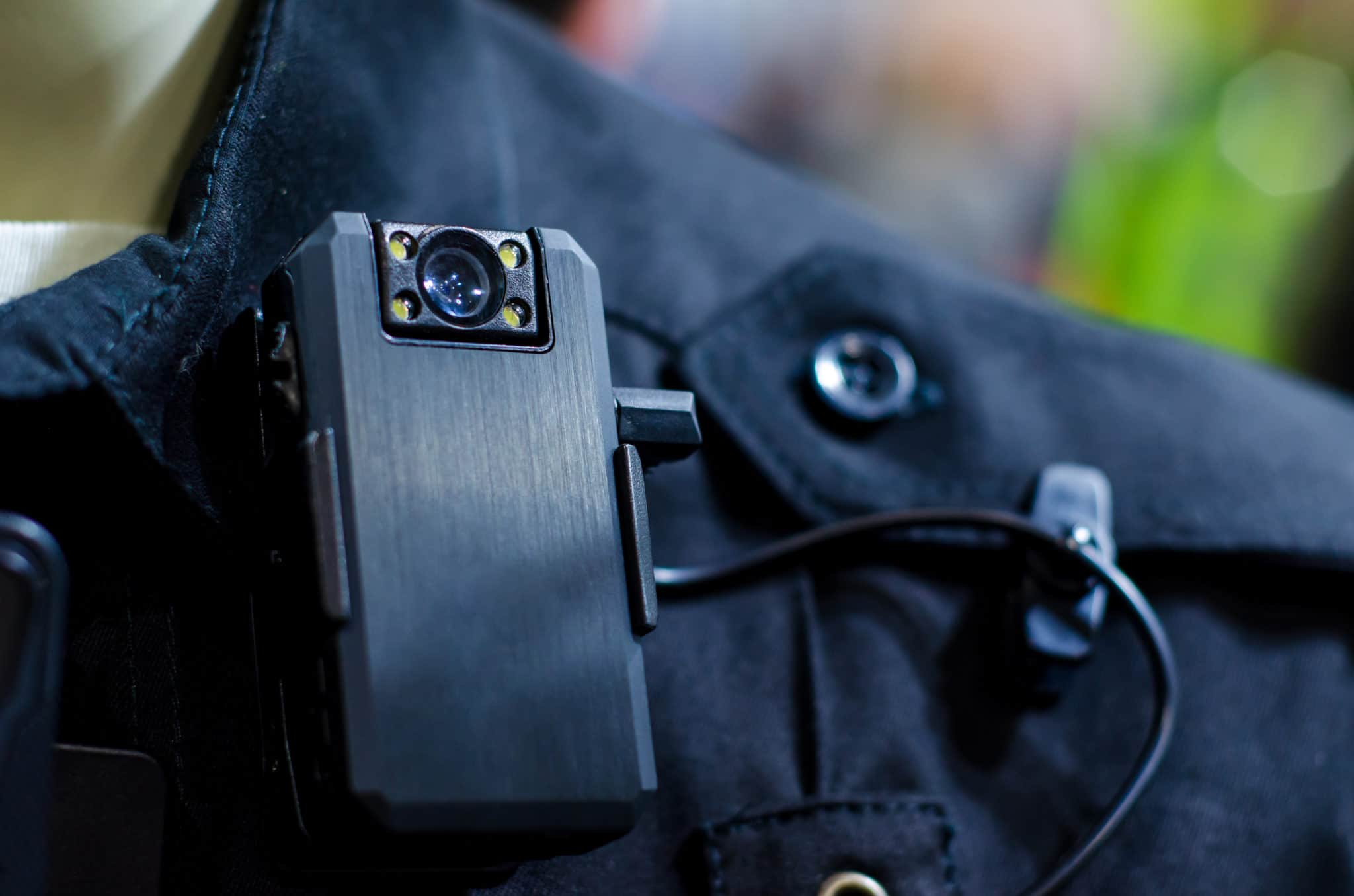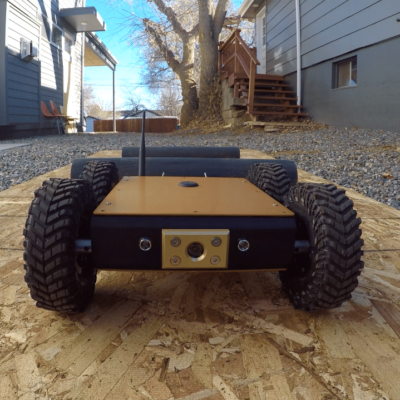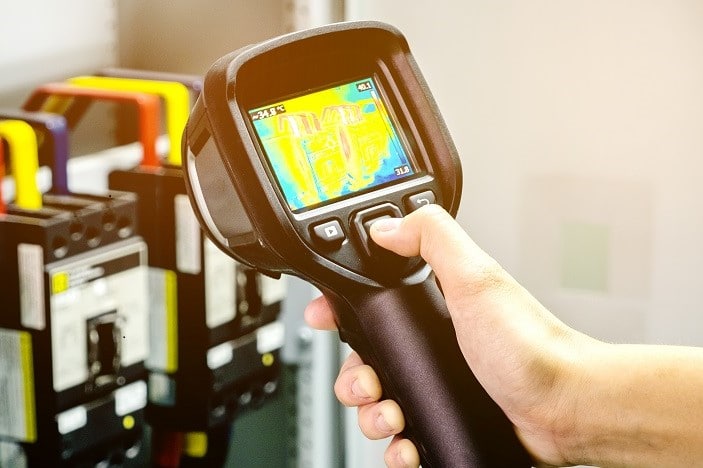Am I liable if my home inspection tools fail?
Last Updated November 9, 2023
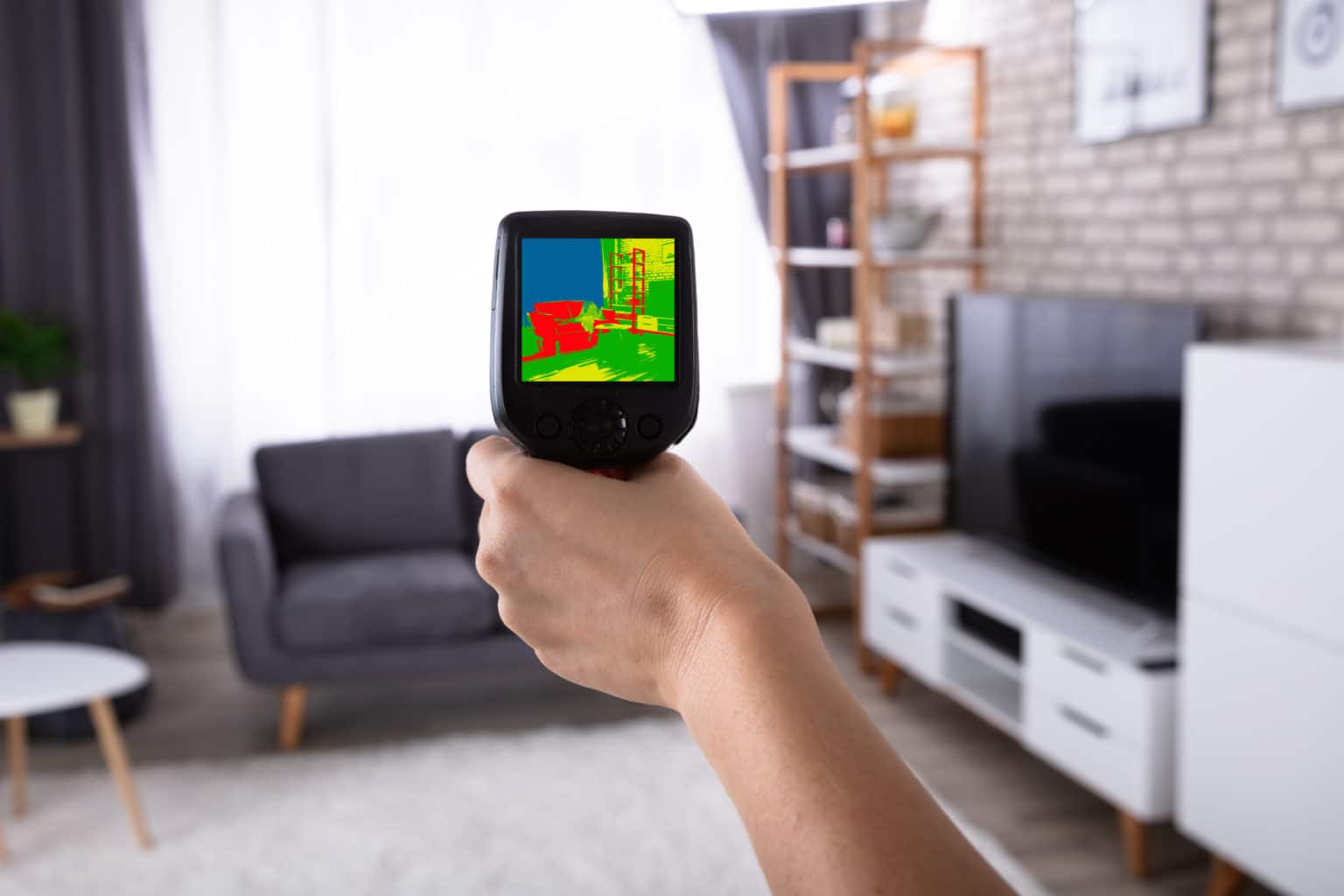
Moisture meters, radon detectors, infrared cameras—these tools and many others are available to you and your home inspection business. In most cases, such tools and equipment can enhance your inspection findings, helping you to give your clients more in-depth and accurate information. But what happens if your inspection tools fail? Are you liable if your equipment gives a bad reading, which leads you to write an inaccurate report?
In this article, we explore your responsibility for your inspection tools and how you can manage your risk against claims caused by equipment failure.
Avoid cheap tools.
Recently, one of our home inspectors received a complaint for an inaccurate report on an electrical outlet. The inspector had used a low-end electrical tester that was providing false readings. While the required repair for this error was relatively inexpensive and, therefore, fairly painless to resolve, the story illustrates an important point: You get what you pay for.
This isn’t to say that all tools and equipment that are inexpensive are ineffective. But, by raising the cost and overall quality of the equipment you use, you may be able to mitigate risk.
Take moisture meters for example. Mike Leggett of The BrickKicker of Georgia invested in a moisture meter that cost about $600. Many other inspectors, he says, use moisture meters that cost closer to $25. With such a price difference, you may see differences in quality and results.
On the other hand, according to Michael Ashburn of Ashburn Inspections, LLC in Pennsylvania, it isn’t a matter of always buying the newest, most expensive tool. Rather, home inspectors should focus on a tool’s effectiveness.
“You don’t have to have the latest and greatest of everything, but it doesn’t hurt to have good equipment,” Ashburn said.
Maintain your equipment.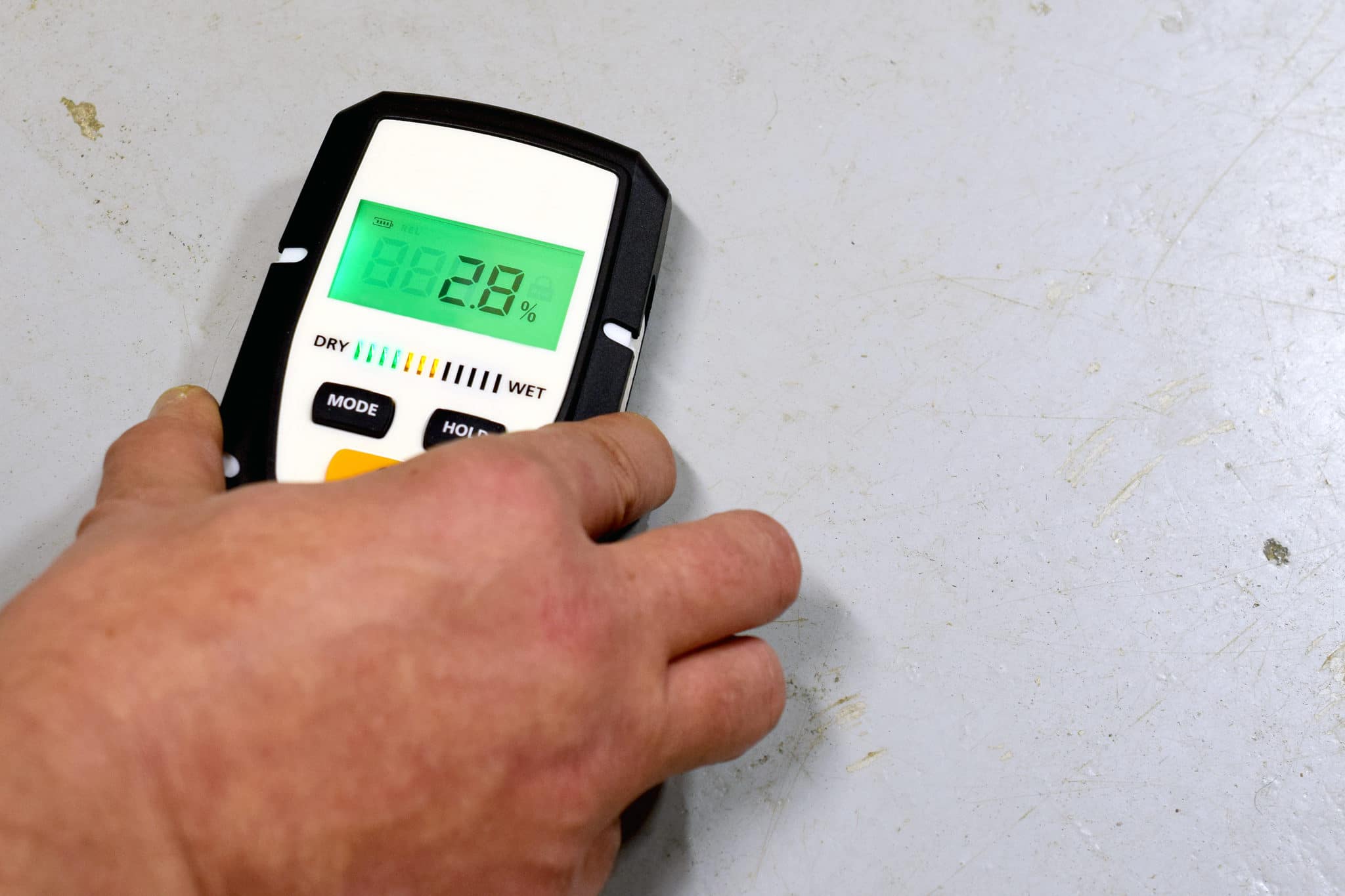
Are you the type of person that files away user manuals and never looks at them? If you are, you may want to change your habits. According to our claims team, if you fail to monitor, adjust, or maintain your equipment, you have liability for claims caused by the tools’ failure. That’s why it’s so important to take care of your equipment.
Most manufacturers specify how to take care of your tools and equipment, such as: telling you when and how often to change parts, clean components, and get calibrated. Take these instructions seriously and you’re less likely to run into failures.
“It’s our responsibility to make sure our tools are maintained and calibrated,” said Curtis Larson of Marigold Home Inspections in Minnesota. “You’ve got to refer back to the manufacturer’s specifications. How long should this device last? What kind of maintenance does it need?”
For Leggett, maintaining equipment is important for not only risk management but client safety.
“Radon monitors are supposed to be calibrated annually, and that’s important because those radon monitors save people’s lives. If they’re not calibrated and they’re giving false negatives, then I can see that being a liability,” Leggett said.
Understand how your equipment works—and doesn’t work.
To recognize when inspection tools fail, you need to understand how your equipment behaves. Knowing how your tools work—and what happens when they don’t work—can help you avoid putting false readings in your inspection reports.
“People should really understand how their tools work and make sure that they really know how to use them. That will keep them out of trouble,” Leggett said.
To limit your liability even further, Jameson Malgeri of Another Level Inspection in Massachusetts recommends helping your clients understand your inspection tools, too.
“There’s always some level of inaccuracy. I don’t think anything is a perfect tool,” Malgeri said. “Explain each tool to the client so they have a real understanding of the margin for error.”
Returning to our earlier example of a moisture meter: Malgeri doesn’t ever use the word “moisture” with the client. Instead, he explains that the tool measures how conductive a surface is, which may indicate that it’s wet. He also explains that the readings aren’t conclusive and what other signs may imply that the tool’s reading is accurate. By setting realistic expectations with his clients, Malgeri can decrease the likelihood of receiving a claim for imperfect readings.
Test. Then test again.
It never hurts to test something again. In fact, it often helps. Many of the home inspectors we interviewed recommend testing multiple times to manage your risk against claims related to inspection tools failing.
“I double-check. If we’re getting the same reading, then we’re good. If we’re not, we need to figure out what the issue is,” Larson said.
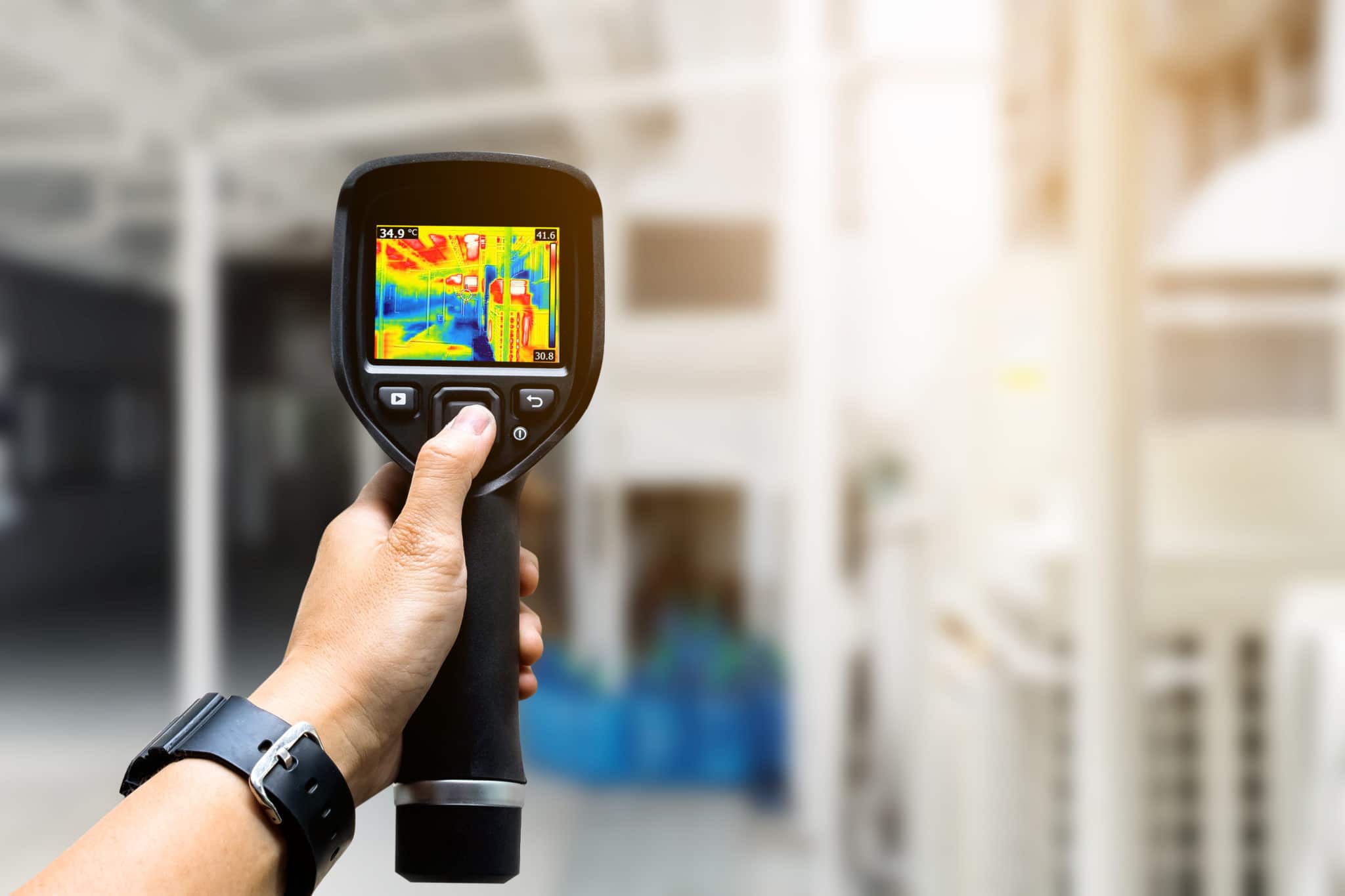 Ashburn agrees.
Ashburn agrees.
“Don’t be afraid to double-check things. I think a lot of people—newer inspectors especially—want to go into a house and seem like, ‘Hey, man. I’ve got this. I know everything there is to know about this house,’” Ashburn said. “[But] at first glance, you can miss a lot of stuff.”
Additionally, many inspectors suggest having multiples of the same tool. By having more than one, you are more likely to catch when a piece of equipment isn’t working. After all, the likelihood of multiple failures occurring at the same time is fairly low.
“I try to have two of pretty much everything. If I don’t have one, then one of my inspectors does,” Larson said.
And, as always, it’s important to use multiple methods to verify an issue before making any assumptions. For example, you may see a water stain, touch the stain with your hand, test it with your moisture meter, and then examine it with your infrared camera. A combination of methods elicits better results.
Inspection tools fail? Offer to retest for free.
If, after trying your best, you still end up giving a bad reading in your report due to a tool failure, our claims team recommends offering to retest for free.
In a recent claim, when a home inspector’s radon monitor was defective and gave an inaccurate result, the inspector was able to resolve the claim by retesting with a functioning monitor. The inspector’s willingness to return to the property to perform the service again at no cost to the client defused the situation and eliminated any need for further action.
Protect yourself from equipment failure claims.
While not one of our most common claims, allegations arising from defective inspection equipment can happen. And, when they do, you may be liable for failing to notice or prevent their inaccurate readings. Protect yourself from equipment failure claims by investing in quality tools, maintaining those tools, understanding how they work, and verifying that they work. And, when all else fails, don’t be afraid to offer a retest.
“The accuracy of your equipment is key,” said Matthew Query of Freedom Home Services, LLC in North Carolina. “If we don’t have the accurate equipment to be able to tell that it was working at the time of inspection, we have no leg to stand on.”
If you do receive a claim because your inspection tools fail, your errors and omissions (E&O) inspection insurance can help. E&O protects inspectors like you by providing indemnity and defense when you allegedly make a mistake on the job. Apply now to see how InspectorPro can better safeguard your business.


